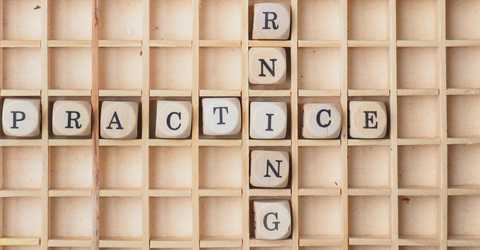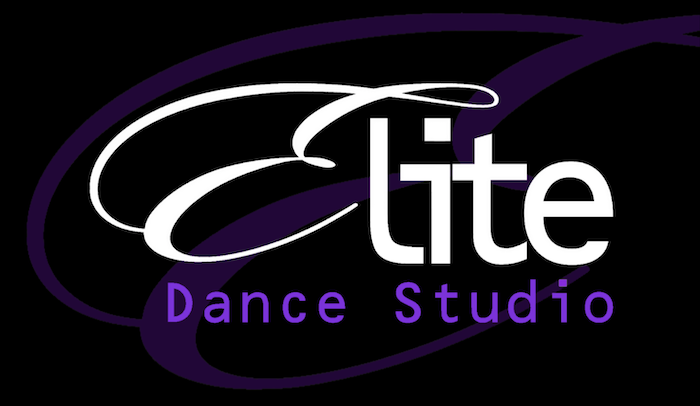Posted by on Dec 9, 2016 in Blogs

Much of dance instruction is taking choreography and breaking it down into steps, so that it can be taught more easily at a comfortable pace. This system is designed to build fundamentals and increase retention among students, but it is only the beginning. While there is much to be done preparing for a lesson, guiding your own practice and training AFTER a lesson is so much more than memorizing footwork– read on for Elite Dance Studios’ advice on how to practice with purpose after a dance lesson!
1. Deliberate practice
We get used to solving problems the same way every time, but be warned: this habit actually prevents us from reaching our true potential! Mindless, repetitive practice seems effective on the surface– pattern recognition and memorization can be useful in small doses– but it actually has the same negative, draining effect as busywork. Don’t just “practice, practice, practice…” Smart dancers train deliberately and with the intention of improving specific aspects of their craft.
2. Push the envelope
A major part of deliberate practice is to focus on your weaknesses, instead of shoring up your strengths. Practicing the same thing over and over again until you iron out the wrinkles can feel satisfying– but you can make more of a difference by honing in on the skills you lack. Repetitive training can gloss over gaps in your abilities, but precise, targeted training will create a better foundation that limits mistakes instead of exposing them.
3. Do your homework
Streaming lots of practice and how-to videos online may seem helpful, especially with so much content out there. Unfortunately, it may not be worth the time put in unless you are taking notes and studying dance theory. Try recording yourself and watch the video through someone else’s eyes– mark down strengths and weaknesses; compare it against professionals, other amateurs or instructors; record and watch regularly, making note of any improvements or problem areas. Also, be careful not to spend more time studying dance than you do actually dancing!
4. Creative calisthenics
Your spirit needs training just as much as your body, if not more so! Always be sure to keep yourself in touch with your creative side– this will allow passion and emotion to show up in your dancing. Physicalization is a way that dancers turn music into movement without sacrificing emotion or tone, but dance students must keep their well of inspiration full. Social dancing, choreographing, listening to new music, exposing yourself to new cultures— these can all help you add complexity and nuance to dance training.
As you can see, practicing with purpose is not so simple. That’s why the professional instructors at Elite Dance Studios work with our students to get the most out of their lessons and practices. Contact or visit us today to take your dance practice regimen to the next level!

